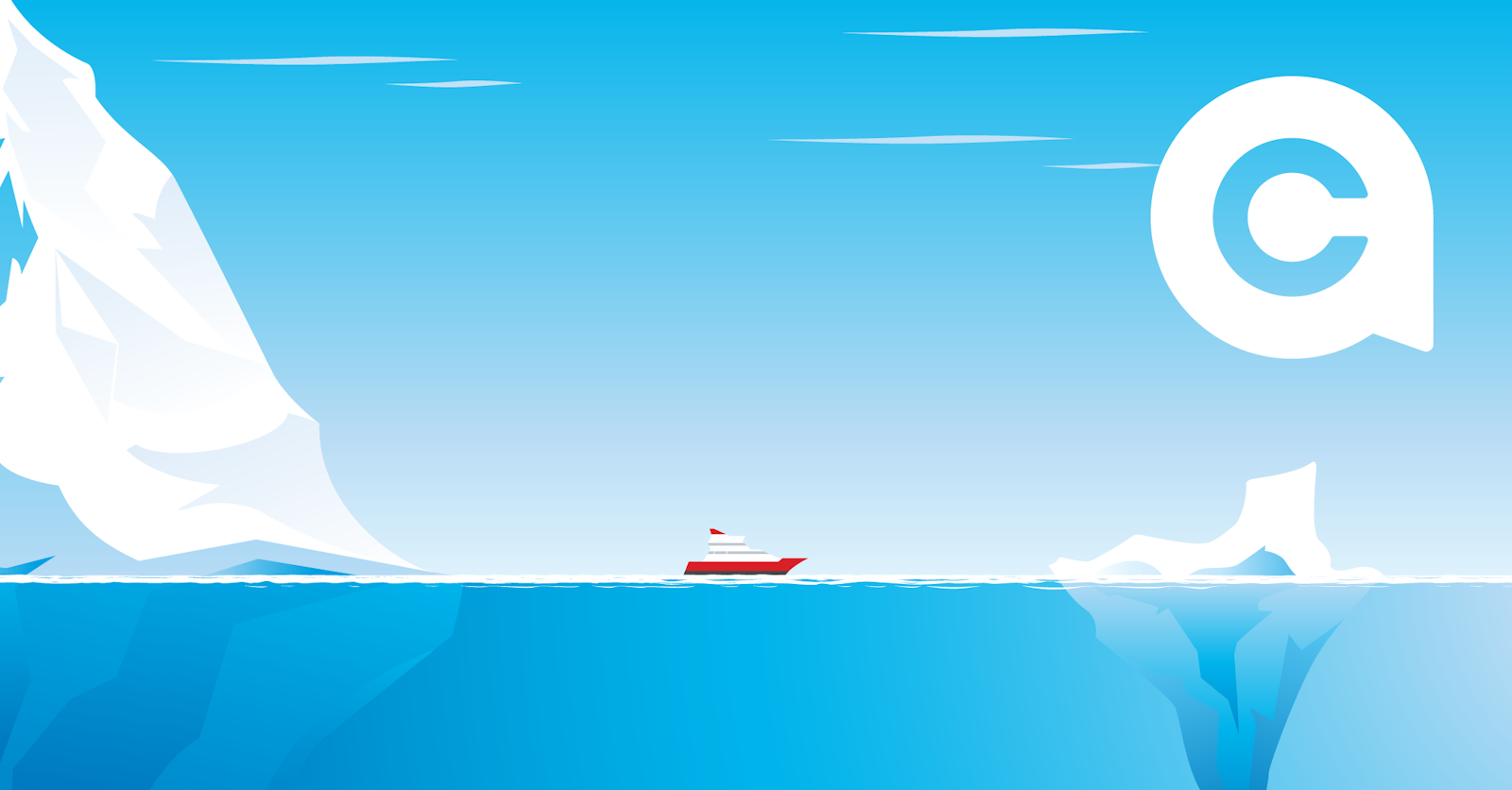Depth of Personality

Recycle the polyester suit.
We have an abundance of words, phrases and brands in our lives.
It is not hard to find a brand to solve the problem you’re facing -- it is whether or not you can afford the price in both time and currency. If you can’t afford a brand today, you can still experience it by promising future earnings (Thank you Visa:Everywhere You Want to Be and MasterCard: There are Some Things Money Can’t Buy). With such brand abundance, people can afford to be fussy about their brand relationships, which is a change most brands haven’t fully grasped.
We are, as humans, less attracted to shallow personalities, in brands and people. Sure, we can enjoy shallowness when watching it on the latest season of The Bachelorette, but we all know life goes far deeper than the beauty pageant that is the dermis layer. We get bored with the person who uses the same phrases, does the same stupid things and talks too much while listening too seldom.
For brands, this requires an embracing of the complexities that their brand represents in the communities important to them. The meaning a brand brings to a person can be profound, not just rationally “solving a problem” but delivering on a highly emotional promise, for a lifetime. And, yes, the brand changes over time and in different contexts, yet the promise remains the same.
Once you start to open up the lens and see the larger history of a brand, these things we call taglines change into scraps of phrases with remnant meaning. They start to look like the phrases people scream at the world to get attention, once that attention wanes, the phrases become annoyances and cultural baggage for a brand.
Yet, if these small lines of copy are designed with larger purpose in mind, it changes. You can see a series of headlines serving the unique moments of engagement with a brand, versus the broadcast “screaming” brands once did in an advertising dominated culture. If brands see the broader experience they offer and how nuanced that experience is, they can start to use headlines instead of annoying taglines.
This walks us into the need to be less shallow and cliche. Which, of course, inspires our countdown of top 10 most cliche phrases in western culture:
10. All for one, and one for all.
9. Kiss and make up.
8. And they all lived happily ever after.
7. You can’t judge a book by its cover.
6. Read between the lines.
5. It’s an uphill battle.
4. He has his tail between his legs.
3. Better safe than sorry.
2. Low-hanging fruit.
1. Thinking outside the box.
If using a “creative” phrase is “thinking outside the box” the actual act of using a cliche phrase is exactly the opposite. So, the next time you use that one to “inspire” some creative thinking, reconsider how oxymoronic it is. Cliche ≠ Creative.
Here’s another way to look at it, in a formula. If being cliche is like wearing a polyester suit and the phrase “thinking outside the box” is the number one chiche statement, then using that phrase is equal to wearing a polyester suit around town, today.
If you need some new fashion forward phrases and words to use, please reach out here.


